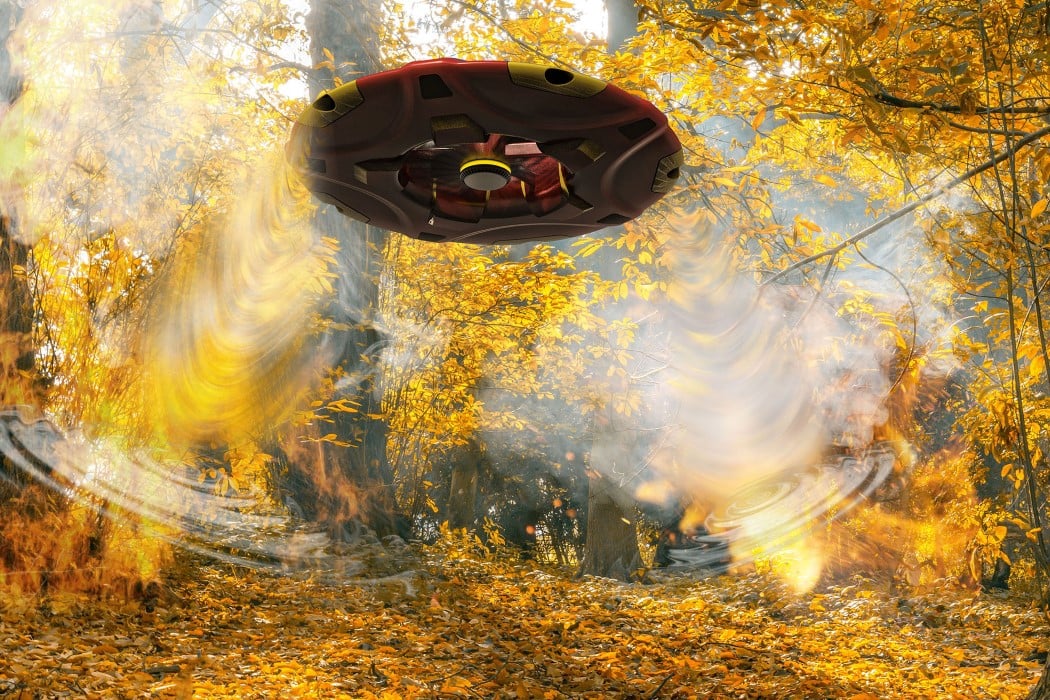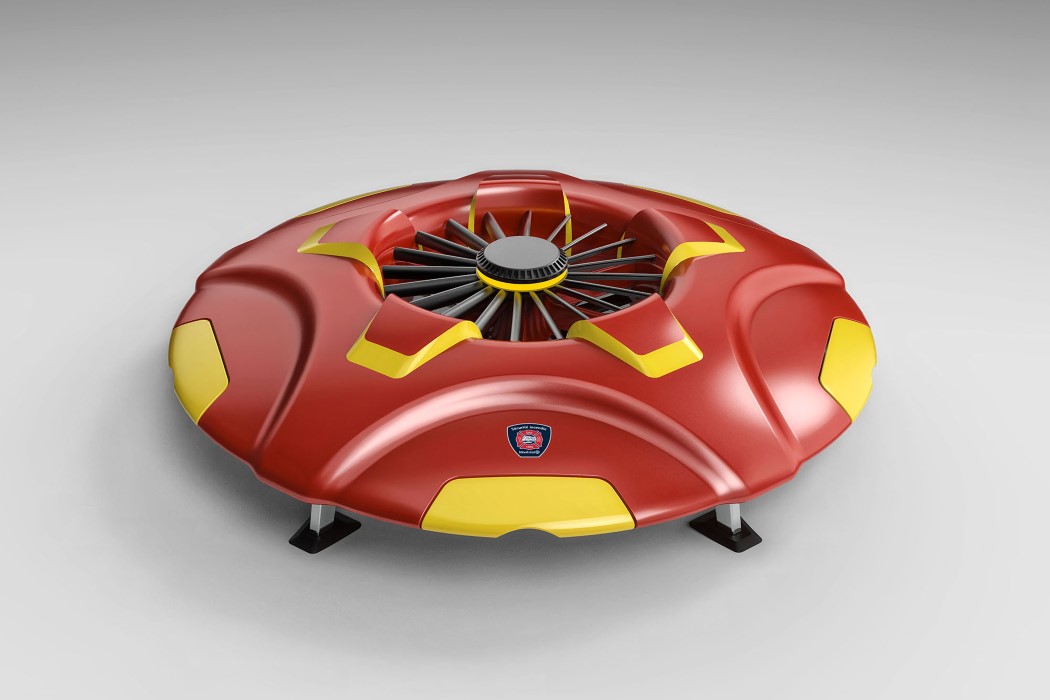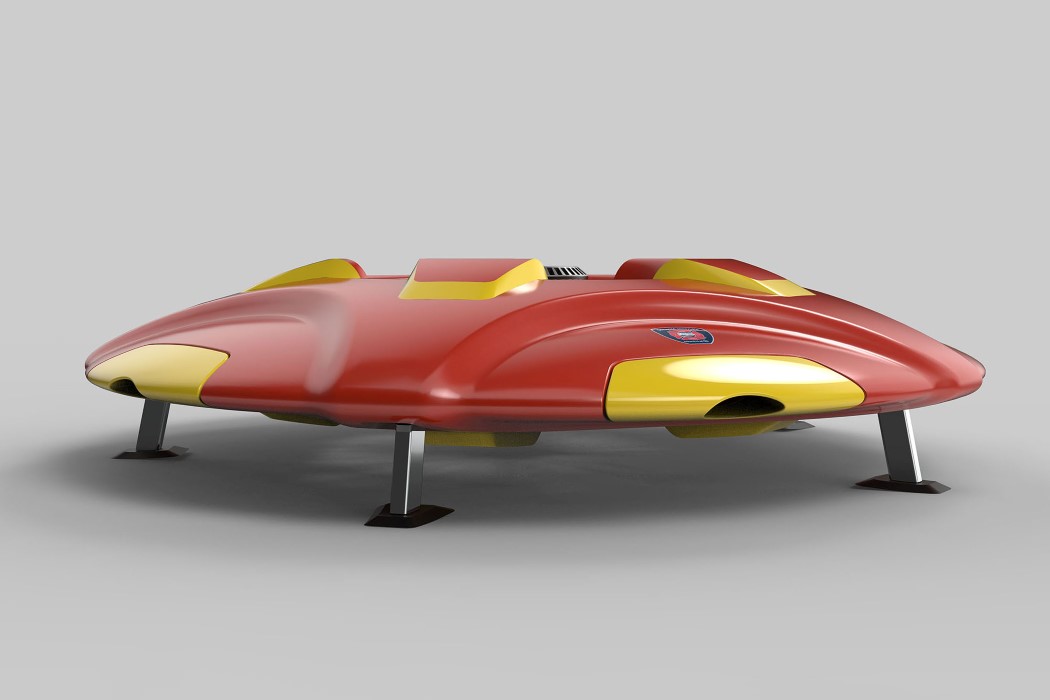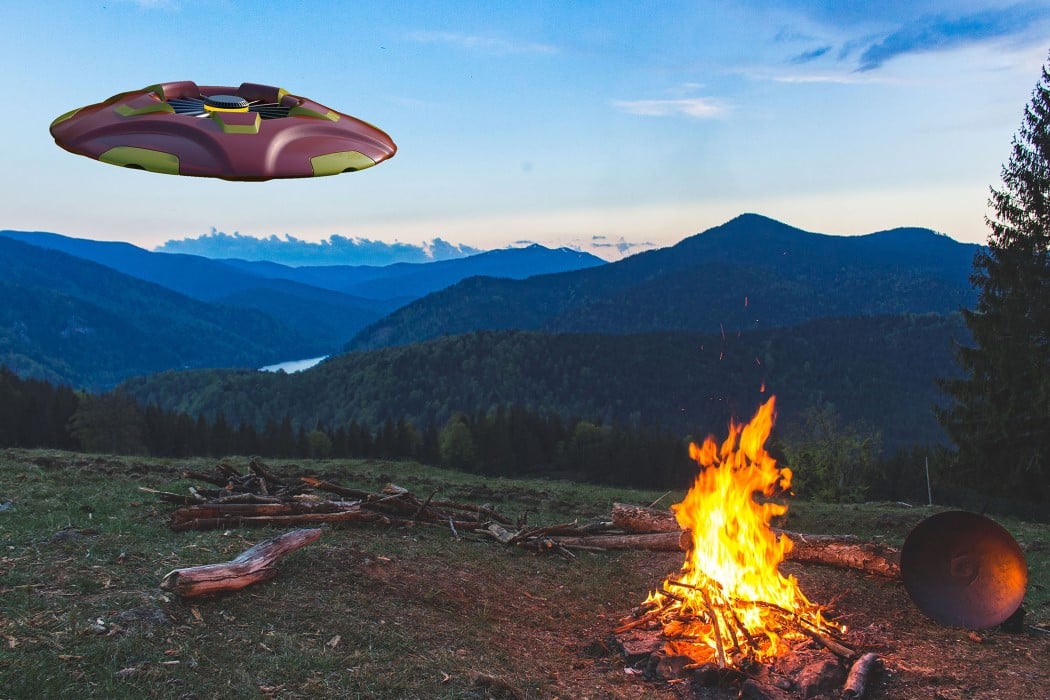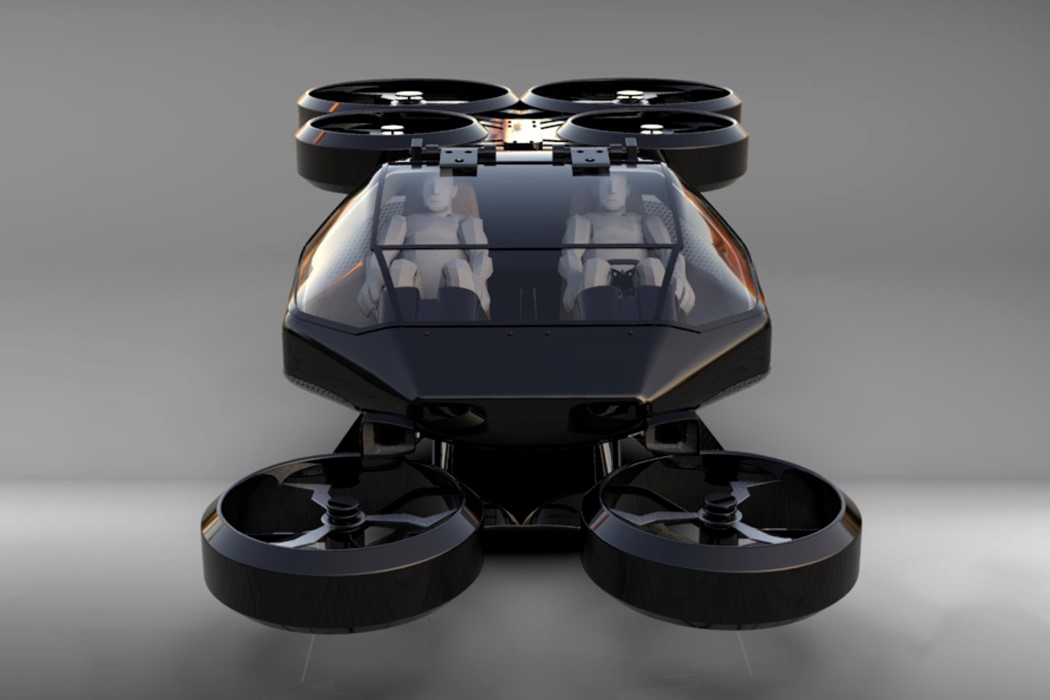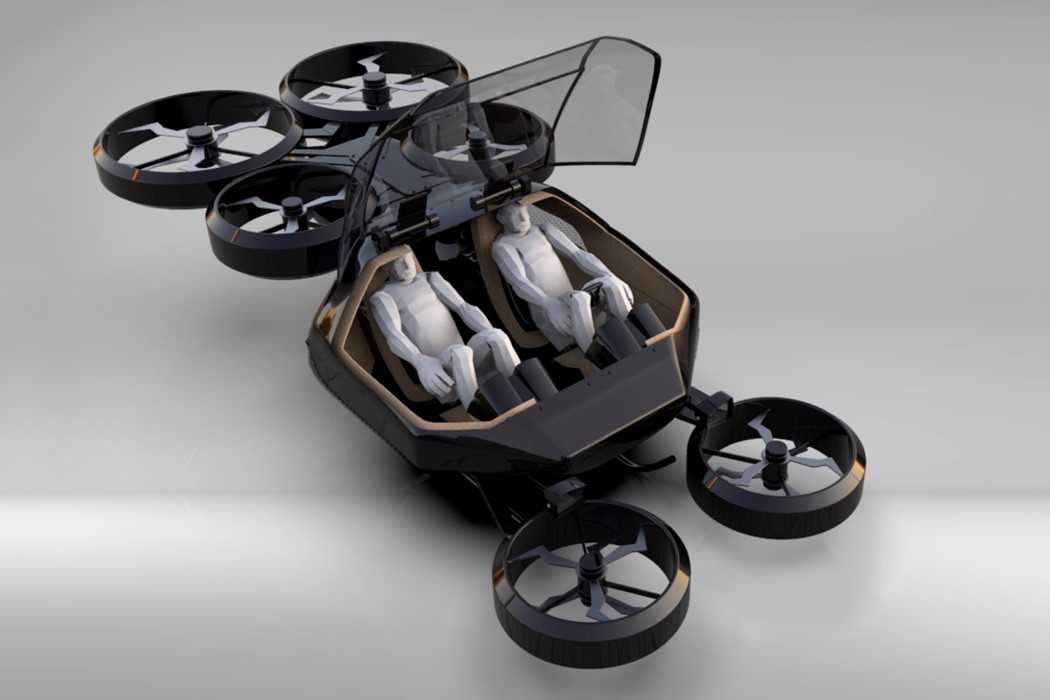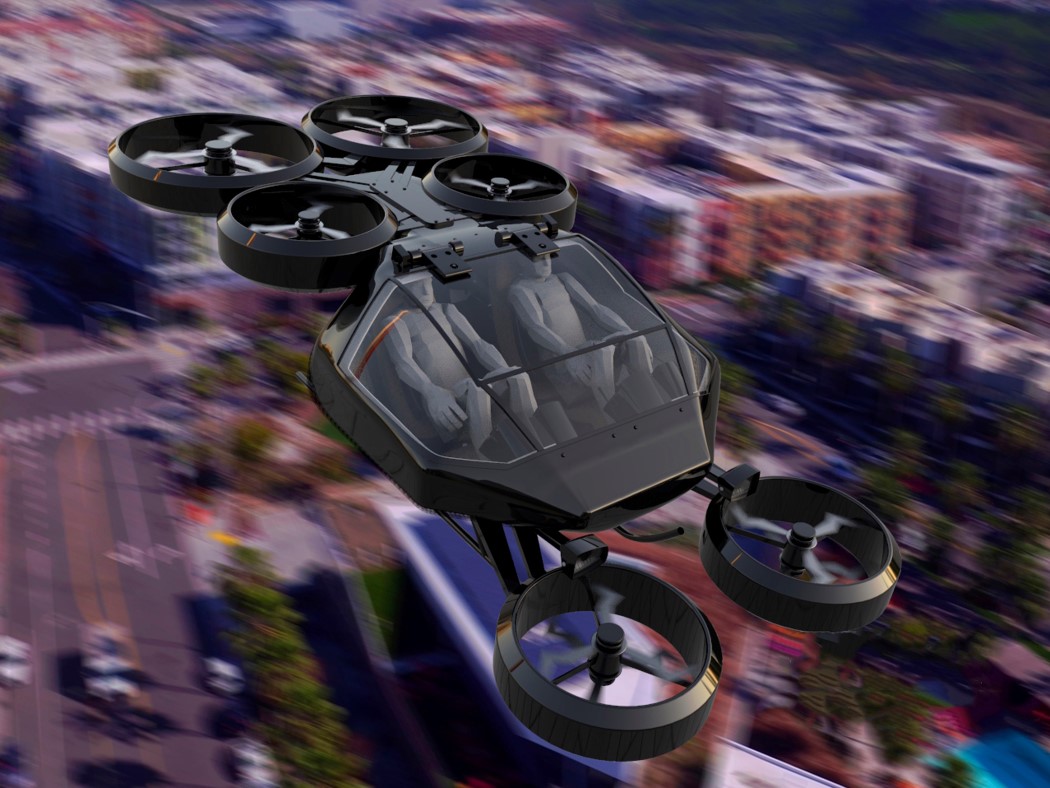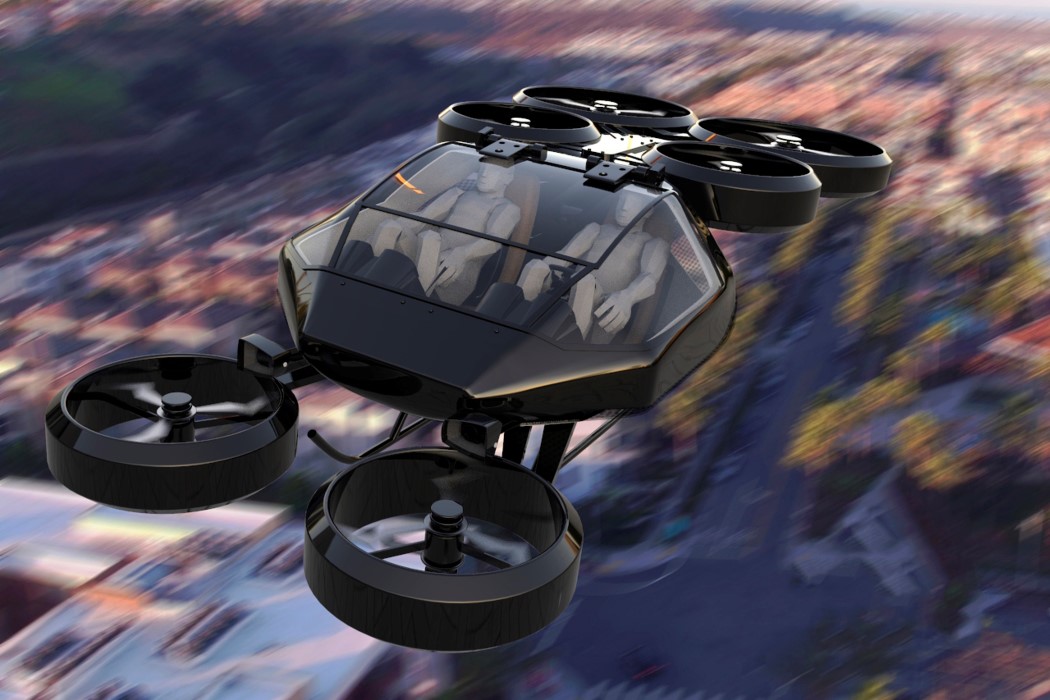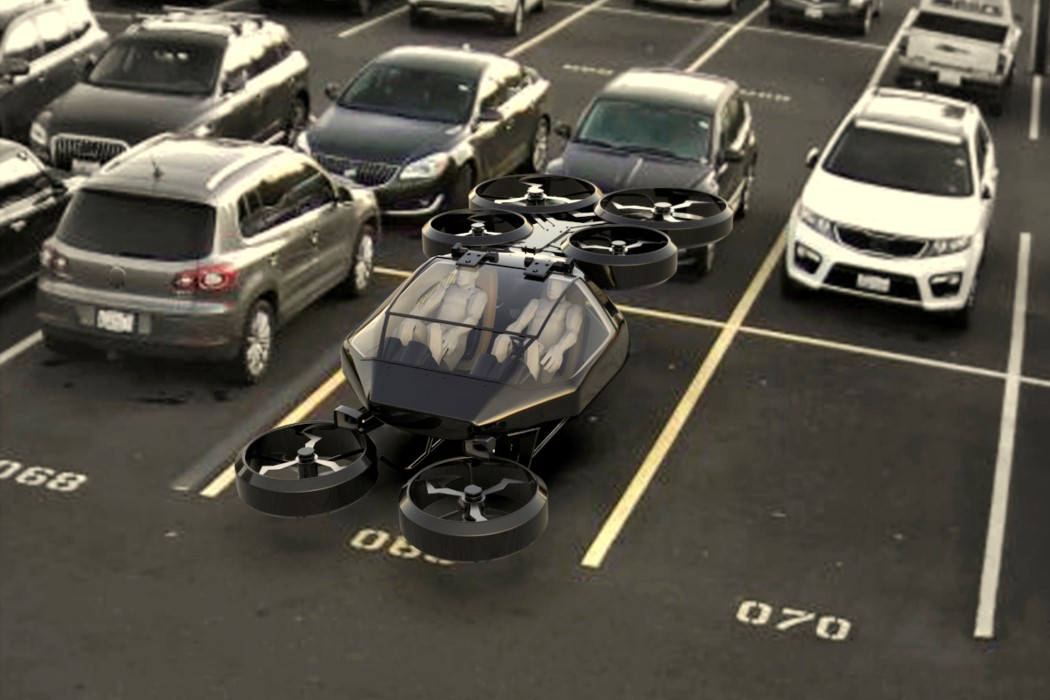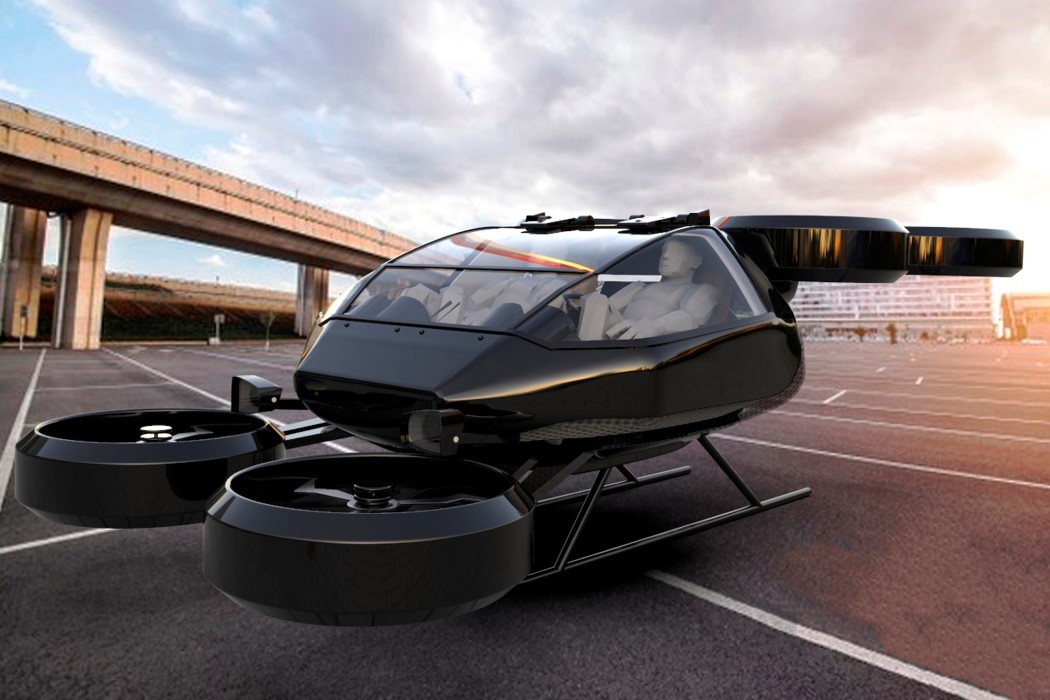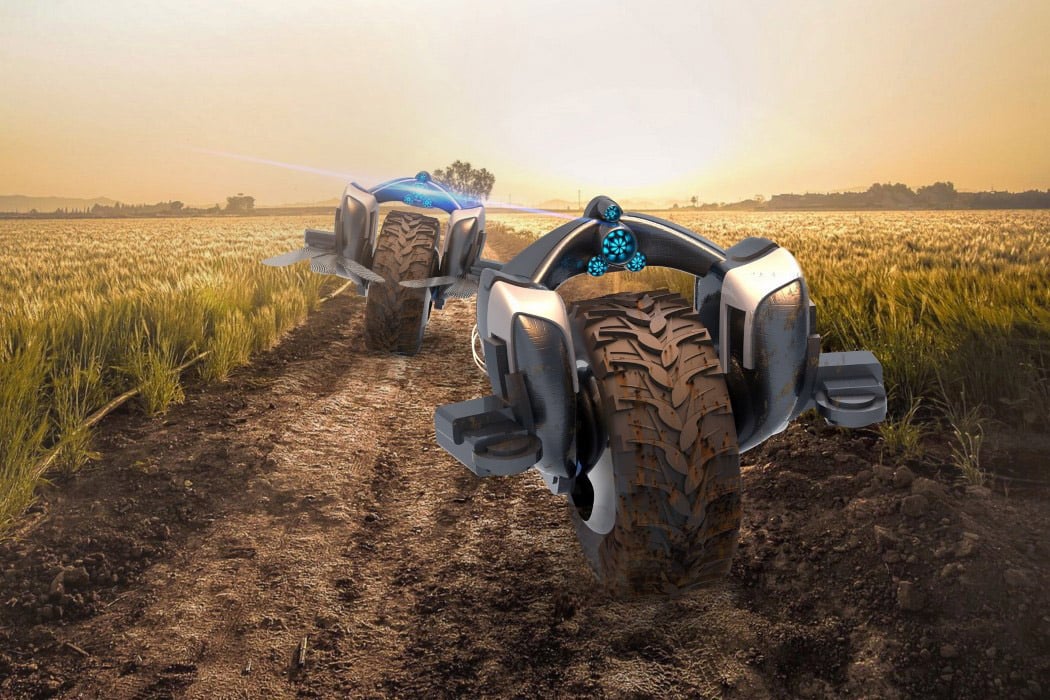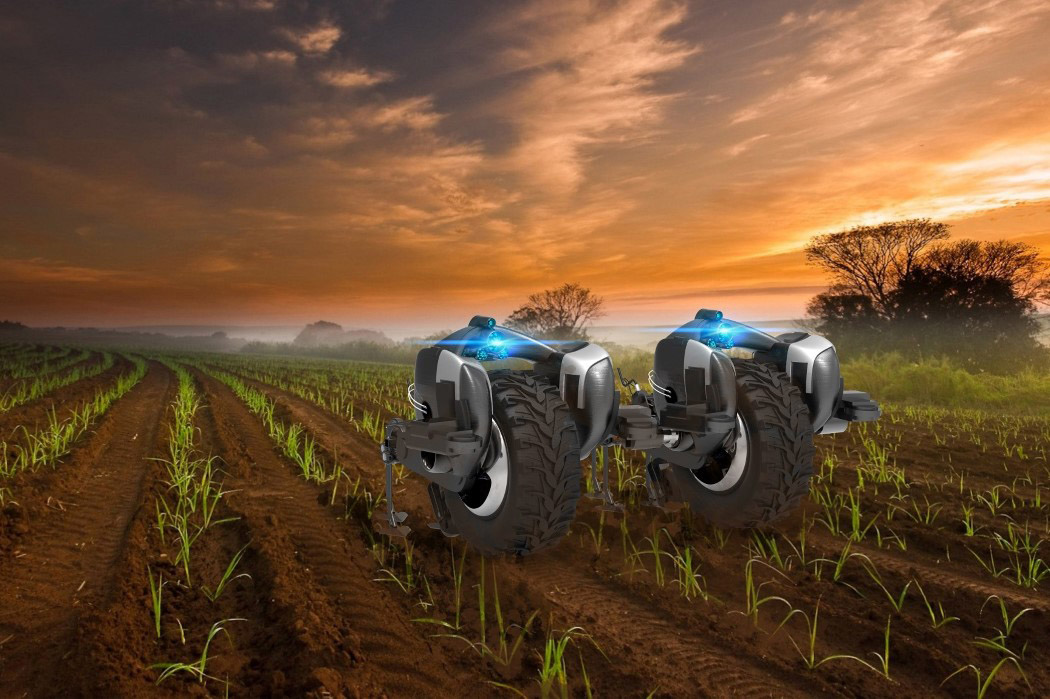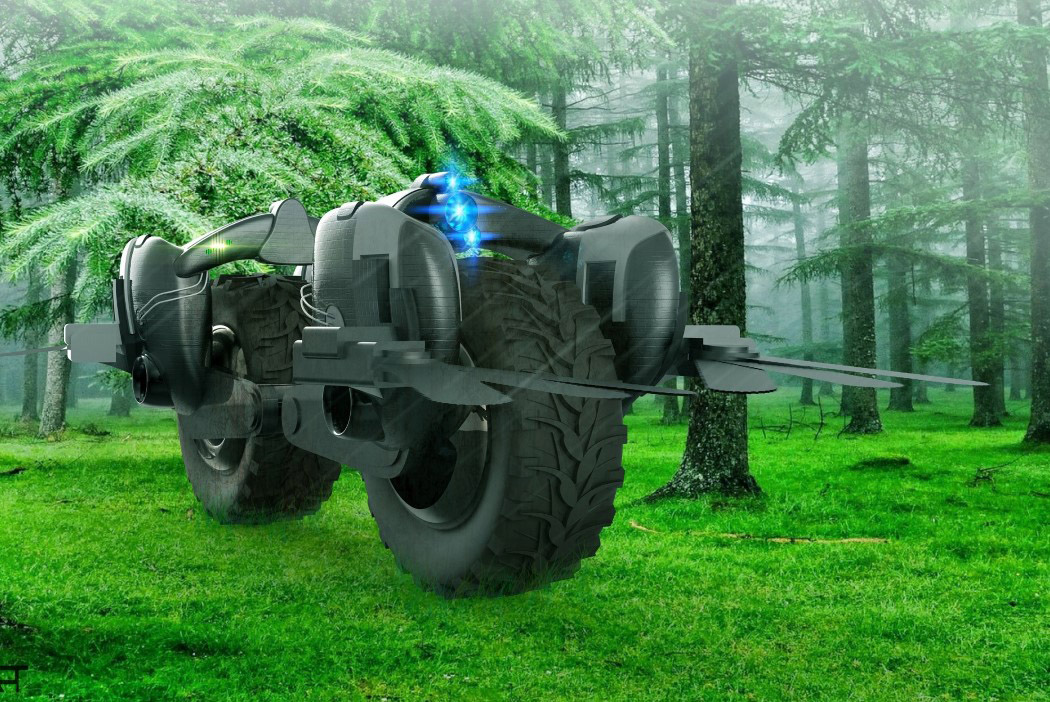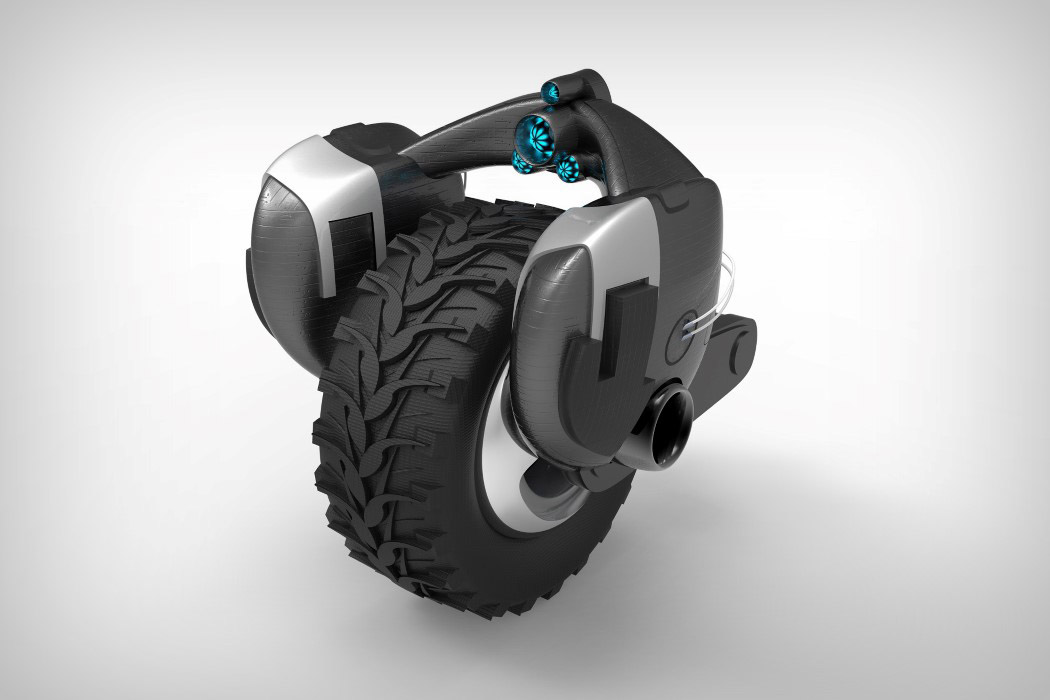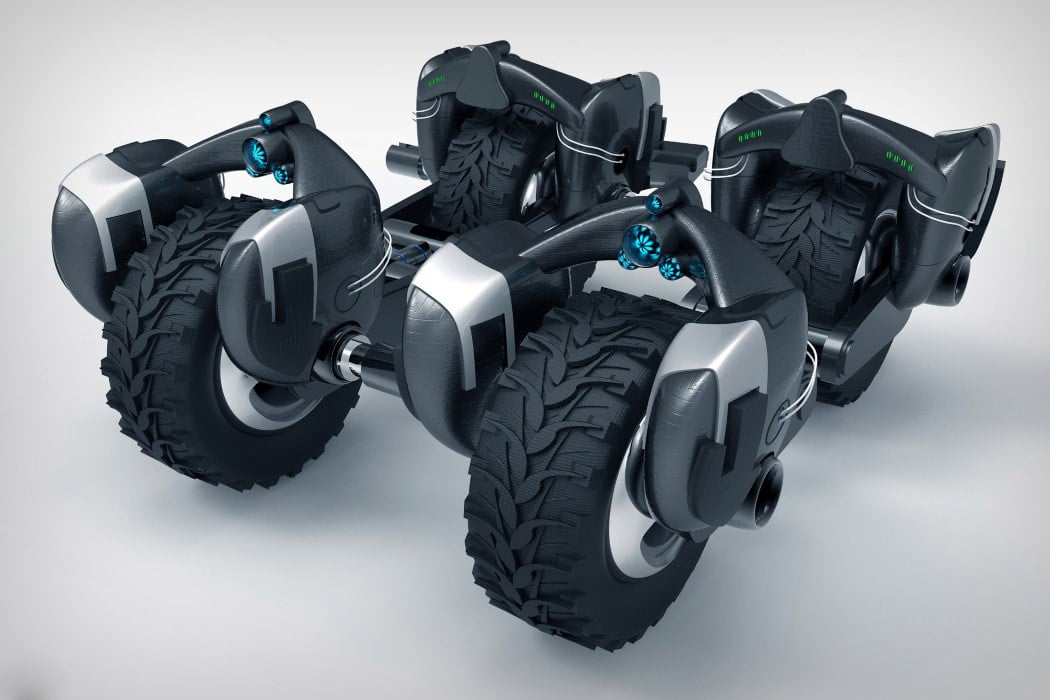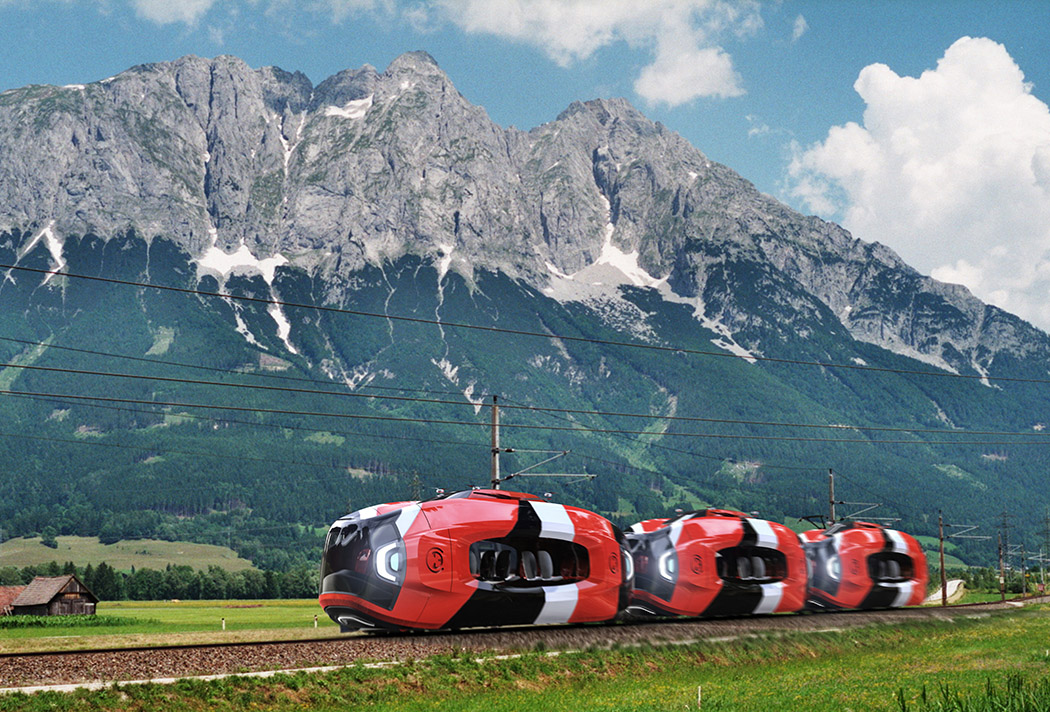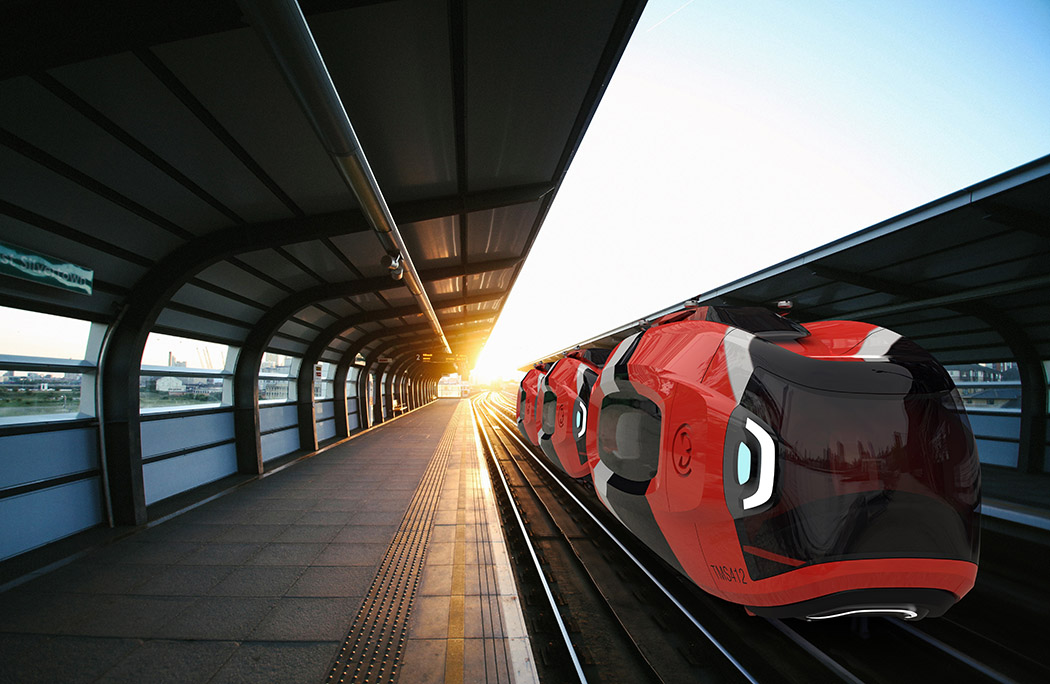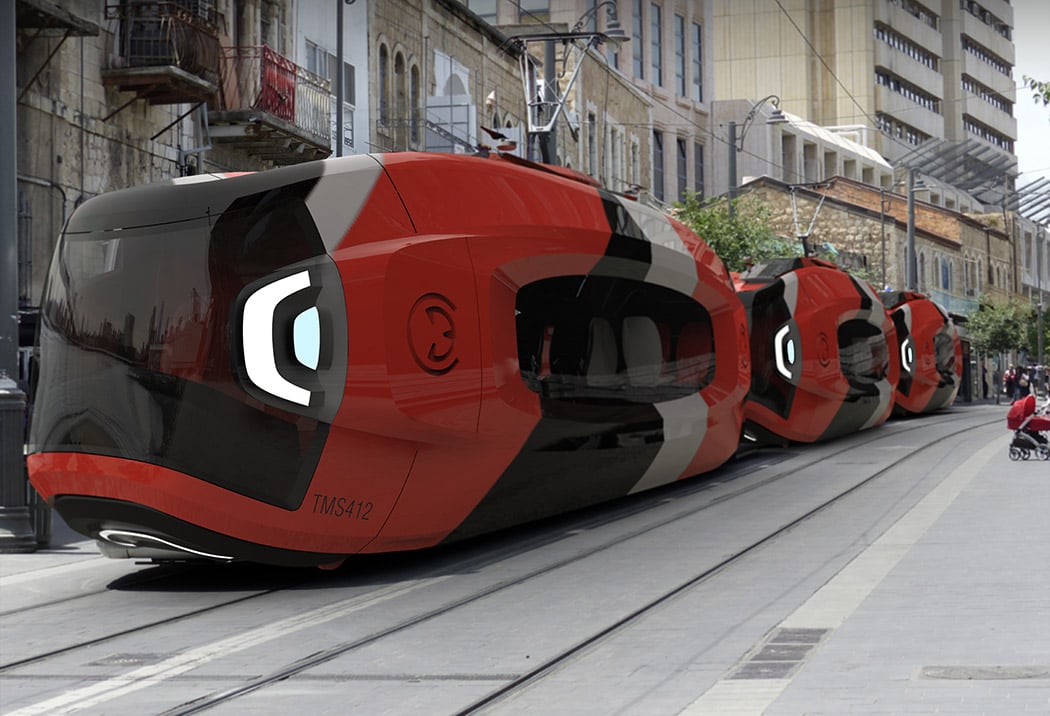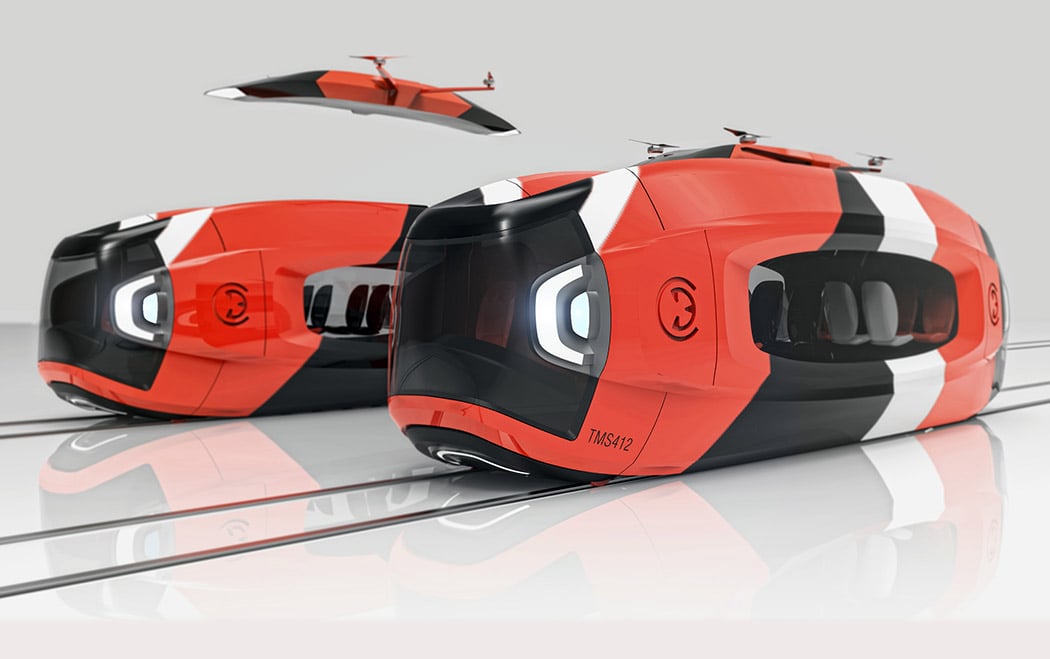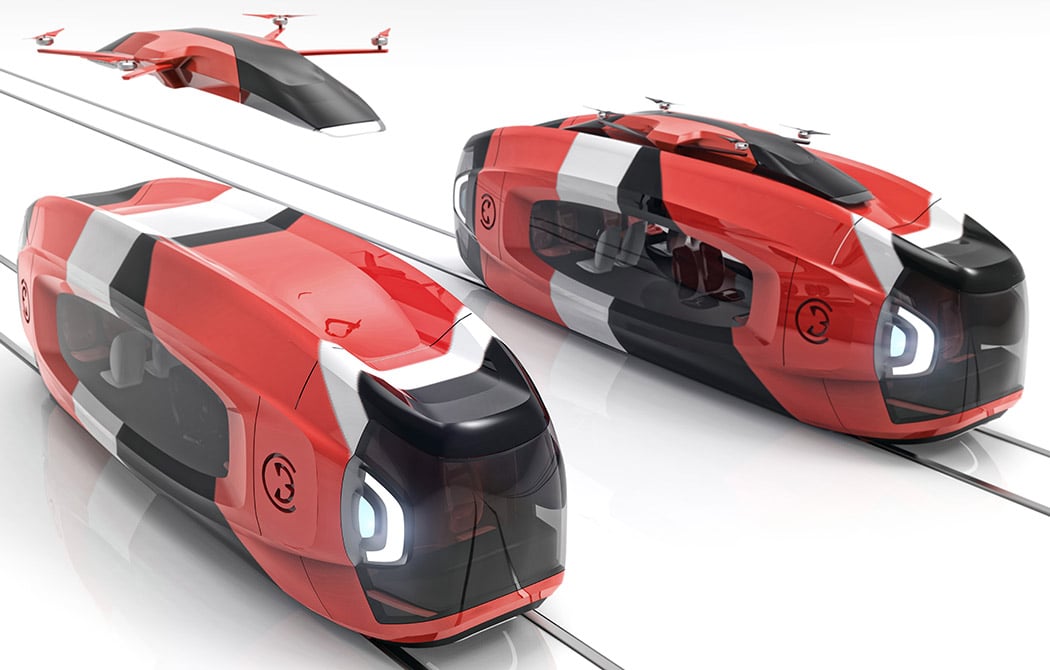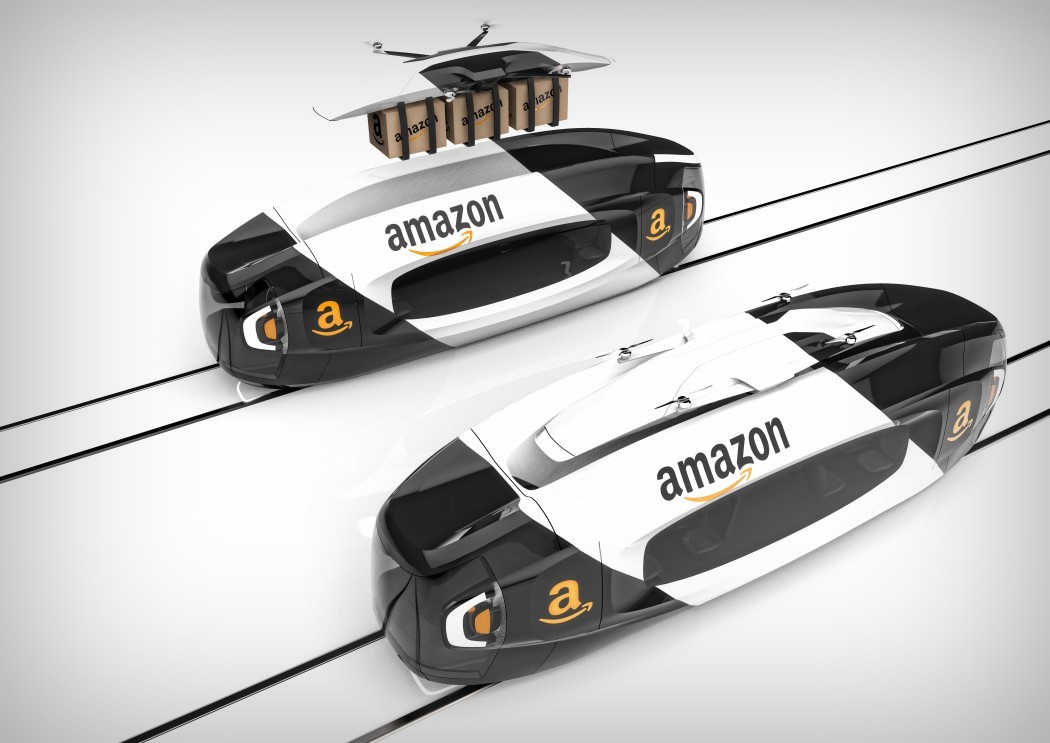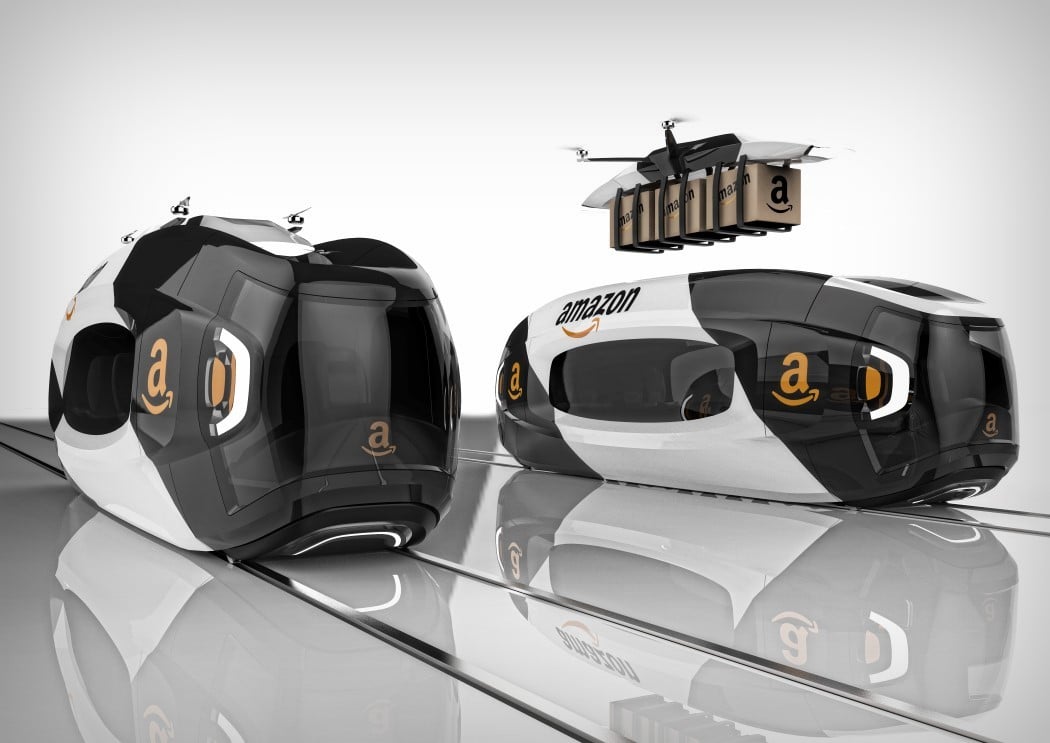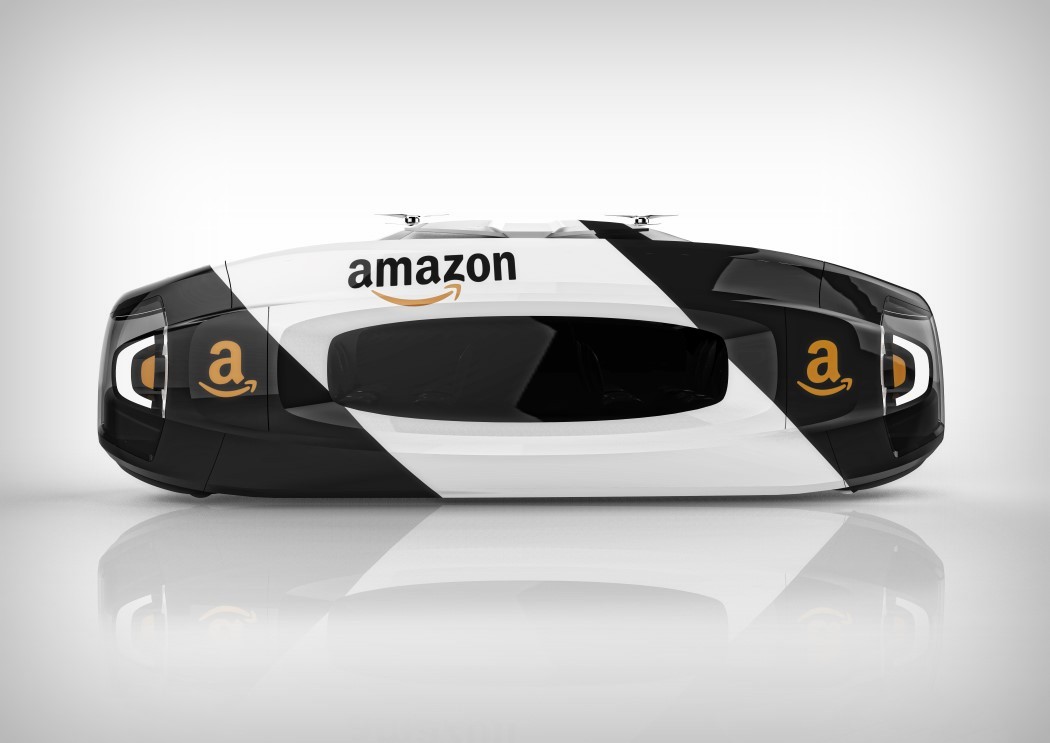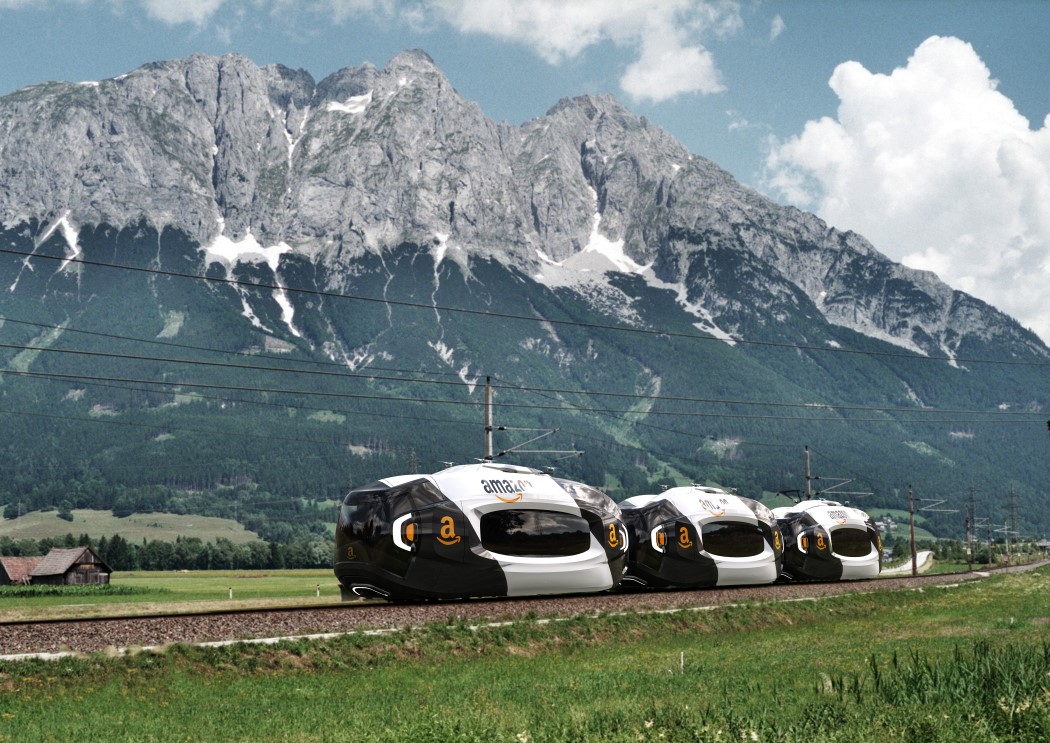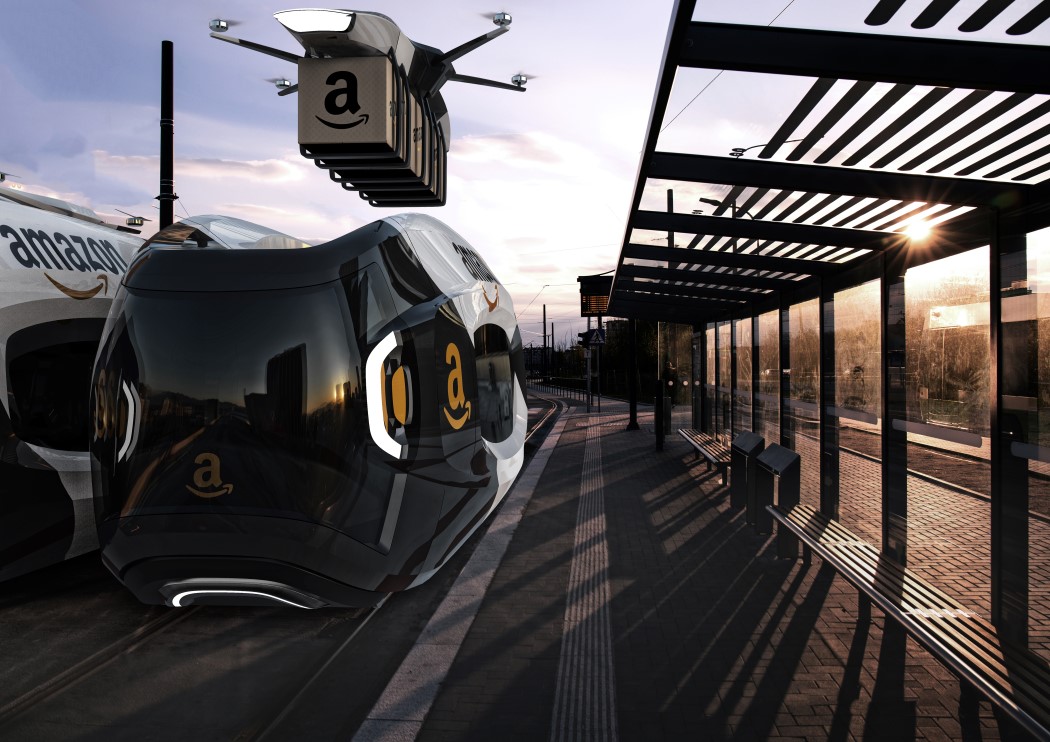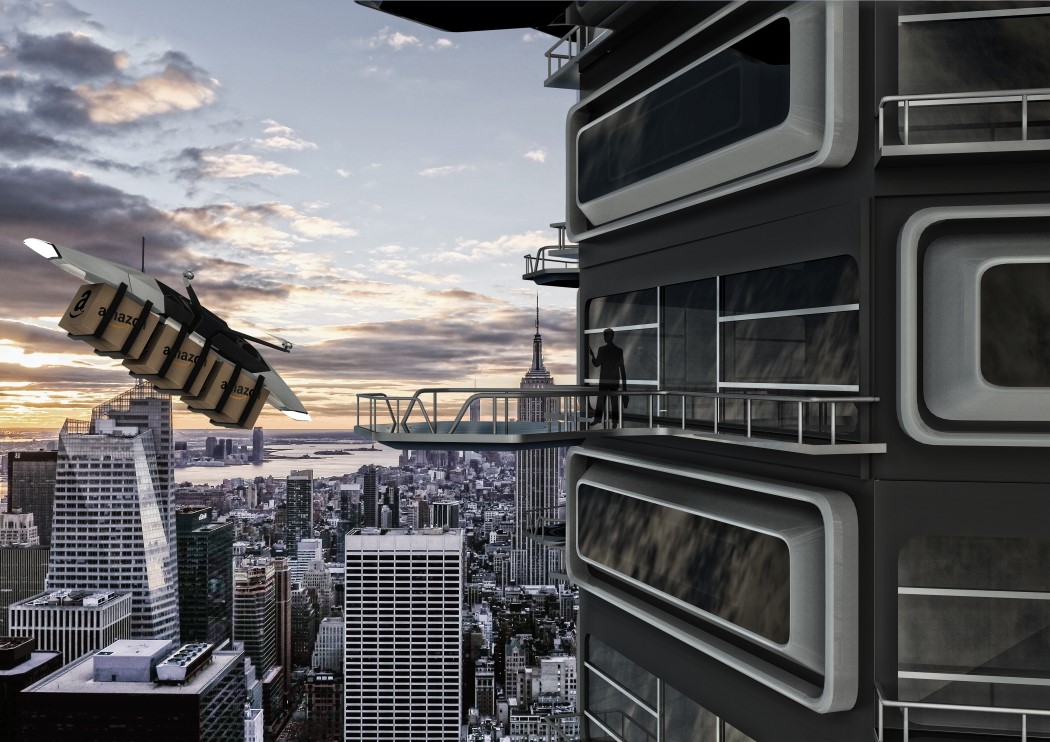
We’ve all gone through that arduous, annoying process of passing through security check at the airport. It’s honestly a race against the clock, and against cluelessness. Do you take your belt off? Shoes? Okay, how do I time it perfectly so my suitcase gets scanned at the same time I get my body-scan done? Is that man trying to pick up my bag? The process, as streamlined as airports have tried to make it, is stressful, and the longer the line, the more the impatience. Charles Bombardier and Ashish Thulkar, however, believe they may have an answer to this problem.
Meet the Aerochk. It’s practically a security-checking kiosk and an escalator rolled into one. Getting yourself checked is simple. The escalator has two conveyor belts on each side. One for your passport, another for your bags. Keep your stuff ready and board the escalator. Your passport and luggage travels alongside you, and right at the end, you (and your stuff) pass through a security-booth that performs a scan on you. Multiple sensors scan your weight, your body, and your face to offset the manual scanning process done by humans. Simultaneously, the passport conveyor does a scan of your passport to match your details with you as a person, while also performing a background check to make sure your document is valid, and that you’re eligible for travel. The luggage conveyor also simultaneously scans your bags for any prohibited items, using a wide variety of sensors and cameras, spanning X-Ray, thermal imaging, spetrometric scanning, and even electronic noses like the Cumulus sensor. All these sensors tag your luggage as well as your passport to you as the individual, streamlining the entire process so that you don’t have to wait in line, moving inch by inch. Just stand on the Aerochk and it guides you through the entire security check procedure without you having to move a muscle. Once you’re out, you’re free to collect your luggage, validated passport, and your flight ticket. Easy peasy!
Designers: Charles Bombardier & Ashish Thulkar (Imaginactive)















